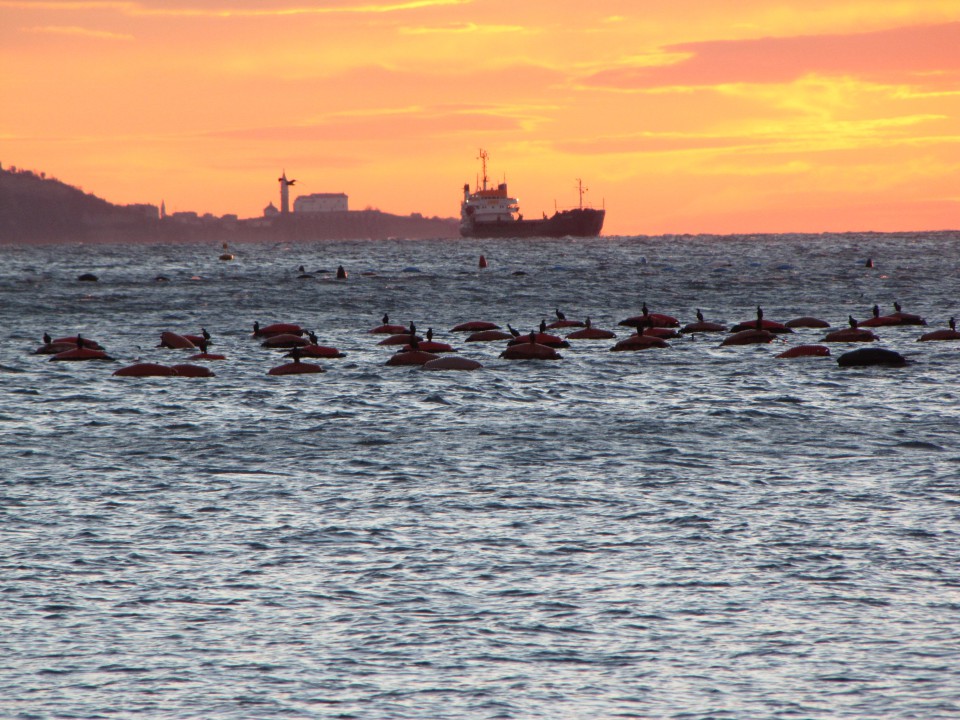Le notizie di primordiali allevamenti di bivalvi nella Valle di Muggia si perdono nel tempo. I pescatori, discendenti dei “salineri”, i lavoratori delle antiche saline, posavano dei rami e pali di rovere lontano dalla spiaggia su cui si attaccava il seme di ostriche sul fondo, e di mitili nella parte più alta; le ostrichine e i piccoli mitili venivano poi messi ad accrescere per tre anni in zone idonee protette come la Valle di Zaule. Da ogni “alberello” si potevano ricavare circa un quintale di prodotto che veniva sgranato sulla barca e portato per la selezione agli “ostrigadori” a riva. Il sistema di ostricaie a pali (parchi alla francese con tramezzi di sostegno per i collettori e reti per l’impianto del seme) venne implementato dalla Societa austriaca di Pesca e Piscicoltura marina nella Baia di Muggia, dove a fine ‘800 tale coltura sostentava 32 famiglie, conficcando ogni anno circa 20.000 paletti con una produzione annuale mai inferiore alle 100.000 ostriche. Vennero fatti vari tentativi di miglioramento delle produzioni sviluppando degli allevamenti anche in laguna di Grado, ma il periodo delle Grandi Guerre e l’inquinamento insorto nella baia di Muggia fece abbondare l’ostreicoltura. Riapparì nel 1970 sempre in laguna di Grado con la Compagnia di Ostricoltori Triestini e con la raccolta dai banchi naturali del Golfo, ma poco a poco venne sostituita dalla coltura dei mitili.

